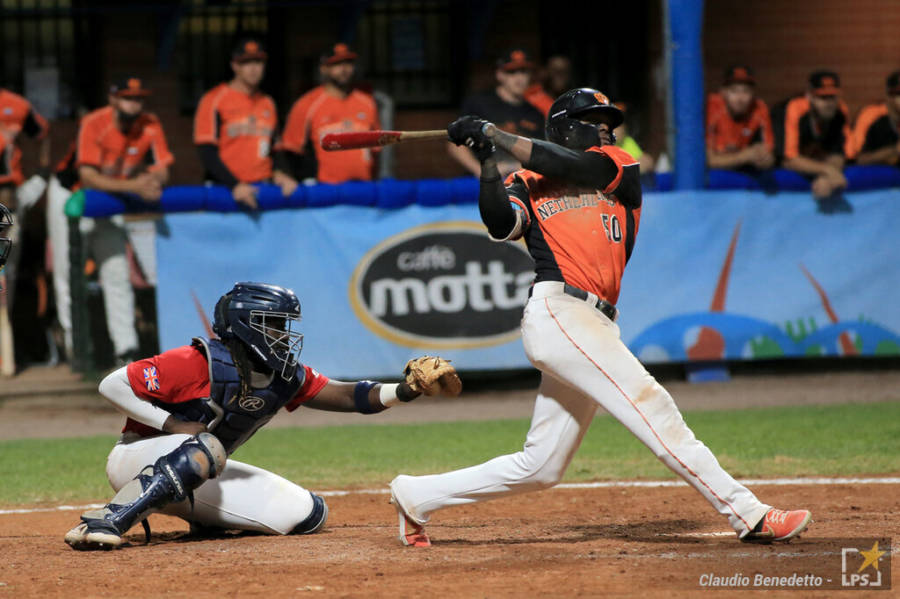BarcelonaFinding a simple solution to a complex problem. This was the assignment given to his students by his fourth-grade entrepreneurship teacher at Escola Thau in Barcelona. It was last year, and Pau Olivares and Paul Roman, who were on the team, immediately thought of a reality that was already a problem at the time, and which in recent months has become a national emergency: drought. They turned their eyes to the area closest to them: the school itself.
They saw that when they pressed the tap button — in the center, as in many public buildings, they have timers — the water flowed for 14 seconds and up to 1.5 liters came out. They thought this must waste a lot of water and began conducting tests to determine how much time they needed to do things like washing their hands or drinking water. Conclusion: They can do it in less time and with less stress; Therefore, more water than necessary was used.
Hence, they began to think about how to reduce the movement of the faucet button that is pressed and water falls from it until it returns to its place. They went to talk to the people they thought could help them the most: the school's STEAM coordinator (the English acronym for science, technology, engineering, arts and mathematics), Carles Galdón, and maintenance staff. They proposed the first idea, which was to install a piece of rubber or plastic inside the faucet as a stopper. But they objected that this solution would require dismantling all the taps, with the investment of time and money that would entail.
the second choice
They couldn't find the right idea, but they were on their way. Through their inquiries, they understood that the device had to be easy to put on and difficult to take off, durable, cheap, and easy to make. They quickly thought of placing an outer part, which they would print on the school's 3D printers, directly behind the button. From this idea they began trial and error work. They tried different shapes, and when they found the most suitable shape, they experimented with thickness. Until they reached the ideal sizes. The result: two pieces that fit together like a ring around the faucet and reduce button movement and thus water escape.
The project met the main requirement: they implemented it with their own resources. To improve and develop their initial idea, they sought support from school staff who could help them. To make the designs they worked on using software they already know and use in class. It is possible that the device will be produced in the center itself, using 3D printers there.
Bao and Paul received further advice: advice from their mentors, a father and mother from the centre, who, like others, responded to the school's invitation at the beginning of the year to accompany the students on the subject of entrepreneurship. They were people from the corporate world. In total, they had three meetings with them, and according to Bao, at the first meeting they said it was a “very good idea” because it was a project that could be extrapolated outside of school. In addition, they emphasized that it was an economical and sustainable project to produce, and that it also provided an environmental benefit.
These two students are now in their first year of high school at CIC, where Thau students go once they finish high school. Paul and Pau are proud to see that the school has begun installing their devices in all the taps. Because they see the potential, they want to further develop the project in new secondary school subjects. For example, they are researching how to apply for and obtain a patent, in case they are eventually able to do so.
They are now investigating the process of applying for and obtaining a patent
“We learned to look for solutions that are difficult but easy to implement,” the students commented. “We have seen how our capabilities are sufficient to achieve a result like this,” they add, highlighting the significant water savings that can be achieved by installing these parts in 100 faucets in this educational center where 1,300 students study.
“The most important thing about this project is that the students thought creatively, without barriers. And also the fact that young people see that their opinions and actions can be relevant to our day,” says Galdón. Agusti Olivares, director of the center, has an influence on this idea and concludes: It is very important for us to be clear that “teens can do many things.”
Saving approximately 600,000 liters in one cycle
According to Bao Il Bull's calculations, the 100th tap at Thao School consumed 694,200 liters of water over the course of the school year. With its device that reduces the amount of water flowing each time it is squeezed from 1.5 to 0.225 litres, the consumption per cycle will be 104,130 litres. Thus, the saving amounts to 590,070 liters, which is the amount of water that can fill an 8-meter deep swimming pool. Water saving is achieved by simply placing a small piece in the taps.

“Prone to fits of apathy. Introvert. Award-winning internet evangelist. Extreme beer expert.”



